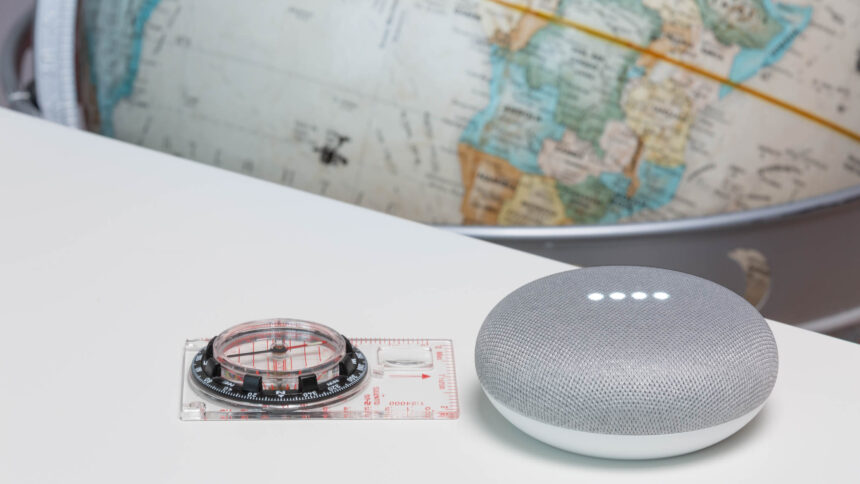While Google Translate may have a bad and sometimes hilarious reputation for mistranslated text, that doesn’t mean Google Assistant won’t understand you when speaking another language. The new Google Multilingual AI upgrade for the Google virtual assistant is adding three new Spanish dialects, and earlier in the year, it launched true multilingual support for its devices.
What will this development mean for Google Home and the tech giant’s other virtual assistant programs?
A Step Forward

Google Assistant has been multilingual for a long time now, but the user had to choose their language during device setup, and it would listen to and answer questions only in the selected language. The new upgrade is a step forward for these devices. Google Assistant can now understand and respond in a number of languages, regardless of what the default language selection was at the time of setup.
This process is accomplished by a lot of complicated programming, but basically what Google had to do was to teach the Google Assistant AI to recognize when someone was speaking to it in one of the supported languages.
The user still needs to select the two languages that they wish to use with the assistant, but it currently supports English, Spanish, French, German, Italian, and Japanese. This selection can be made through voice commands without anyone having to open a computer or pick up a phone, which is a positive departure from the initial language selection on current Google devices.
The Multilingual Household
This tool can be particularly compelling for multilingual households or households that open their homes to exchange students who might not speak the local language. As of 2014, roughly one out of every five residents of the United States spoke a foreign language regularly at home. The number of foreign-language speakers increased by 2.2 million between 2010 and 2013, with the most common foreign languages spoken including Spanish, Chinese, Urdu, and Arabic.
The number is even higher for children under the age of 18. It’s estimated that nearly half of the students in California speak a foreign language at home, as does one out of every three students in the states of Texas, New York, and Nevada.
Multilingual education isn’t a bad thing—being fluent in one or more foreign languages increases employment opportunities and makes it easier to succeed in a growing global economy. Most companies, if they have to choose between two equally experienced employee candidates, will often select one who is bilingual or polyglottal over one that speaks a single language. Luckily, this AI adds to the multilingual environment which many families in the U.S. live in.
The Future of Google Assistant
Google isn’t planning on stopping with just six languages for their virtual assistant to speak and understand. The program designers are planning on being able to support 30 languages by the end of 2018. The assistant can’t respond in some languages, but Google fans have found that in addition to the six officially supported languages, it can also understand Hindi, Marathi, Korean, Portuguese, and Russian, among others.
The company is also planning to create support for seven more Indian languages in the near future, though there’s no timeline on these update releases yet.
If Google continues on this path, we might not be able to laugh at badly translated subtitles anymore. Google is miles ahead of any of the other currently available virtual assistants when it comes to offering multilingual options on its devices, in spite of the fact that Amazon has quite a head start with virtual assistants. Google is further setting itself apart, which is quite the feat in a cluttered industry like the one we have today.







